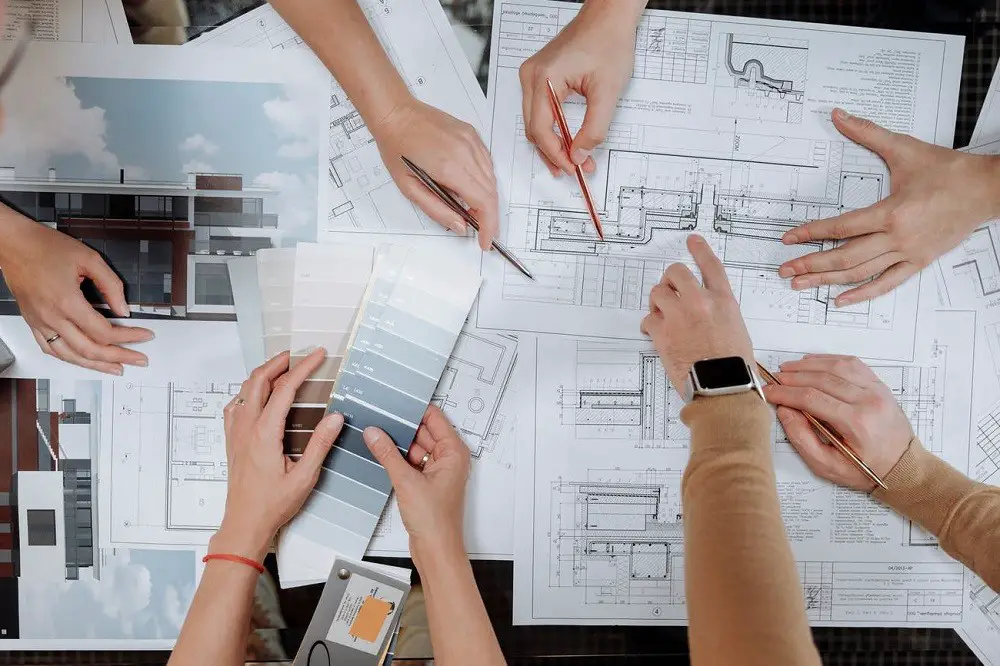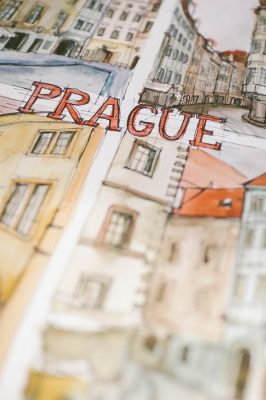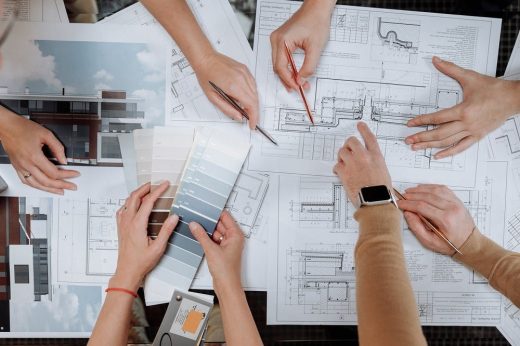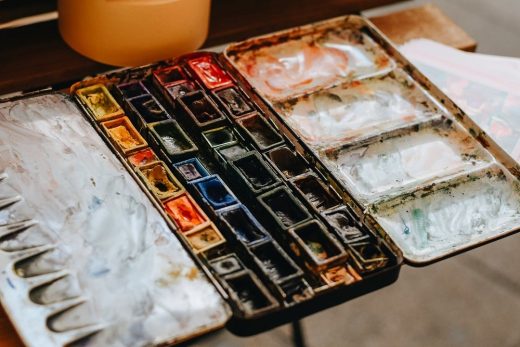Importance of watercolors in architectural visualization guide, Online property renderings advice
Importance Of Watercolors In Architectural Visualization
20 Jan 2022
If there is one simplistic medium of creating art that artists of all kinds appreciate, it is the demure watercolor.
While everyone derives pleasure from the gentle strokes of watercolors, the conceptual art one can create with this medium is also widely appreciated. Recently, we re-discovered some of our older watercolor works for our clients and thought our readers should know about the brilliance of this medium too.
The Importance Of Watercolors In Architectural Visualization Guide
So, today, we have discussed why we like to use the medium of watercolors in our projects and how its inclusion affects the character and mood of the renders. But before all of that, a little bit about the tools used in this approach – the watercolors themselves.
What Are Water Colors?
Effortless and translucent, watercolor is an art form that can produce creations ranging from the most unembellished to the most complex styles. The simple act of adding some color to pure water creates a pigment that gives rise to a faded, weightless work of art.
In essence, the style of the watercolor is fluid and creates a tender representation of the artist’s imagination. The flow of colors, one blending into the other, work together to create a cohesive piece rather than fragments highlighted through solid lines and harsh structures. Moreover, the rustic nature of water colors leaves every work seeming far airier and impressionistic than any other form of art.
One can also create a balance of clarity and focus on the work in question. Attention to the main subject can be achieved without bringing in competitive aspects so that the subject is the center of focus but not directly so.
How Do Watercolors Converge With Architectural Visualization?
Simply put, you have architects benefiting greatly from the developments in computerized rendering techniques. Even though this is a familiar scenario in today’s times, another unique yet familiar method of expression is the watercolor. With the technologies of the modern era, one does not need to pick up a paintbrush and color to bring life to an architectural form.
Instead, a button click will suffice for a visual representation in a faded, watery format. Of course, the use of watercolor to recreate stunning objects, landscapes, and points of interest is nothing new. Before the digital revolution, the use of cloth canvas, fine hairs joined to make a brush, and natural pigments for color were the norm.
Usually, a hand-drawn layout was presented to understand the final outcome before the first brick was laid down. The industry now gravitates towards ultra-realistic models of the structure they are about to create. But, we think using a traditional watercolor method with our newer technology can be a satisfying artistic approach to showcase a rendition of any model.
The Importance Of Watercolors In Architectural Visualization
Using the watercolor approach in architectural visualization can offer a glimpse of the traditional and the modern, the texture of the watercolor paper and the fluidity of the color bringing a sensible approach to design. As far as customizations and revisions are concerned, watercolors are fluid, so working with them is a pleasure.
Also, a highly realistic structure in renders can be a disappointment because it might not be an accurate representation of the structure and the space. In other words, it could appear to be pasted out of a generic sample instead of a unique creation made from scratch.
In this case, watercolors stand out from the crowd, bringing a familiar aesthetic without the need to take the hyper-realistic approach. Compared to usual methods of rendering, this approach brings an ethereal feeling into the creation due to its soft edges and lines.
By no means are sharp and prominent outlines undesirable, but the watercolor effect leaves a mellow and soothing impression on the mind, unmatched by other techniques. Some may argue that it is an effective way to invoke emotion in a lifeless rendering, and we agree.
Final Thoughts
All in all, we are convinced of the power watercolors hold in recreating gems of art for our clients. And, we maintain that watercolor renderings evoke a wistful and old-timey perception of present-day or futuristic architectural pieces.
This is why we are excited to incorporate this medium in our renders – to see the amalgamation of a classical art form with our modern-day works.
With the shift of trends, virtual representation of renders and 360-degree works have become more commonplace. Yet, watercolors can enhance and transform the result of a project, demonstrating that it is more than just a relic.
Visualizing architectural designs is an enriching art form, and the addition of watercolors complement the work to showcase never-before-seen facets. In short, the use of watercolor in architectural visualization makes a striking layer of interest that is not to be forgotten anytime soon.
Comments on this guide to the importance of watercolors in architectural visualization article are welcome.
Building Articles
Residential Architecture
Casa Huizache, San Miguel de Allende, Mexico
Architect: Paul Cremoux W.
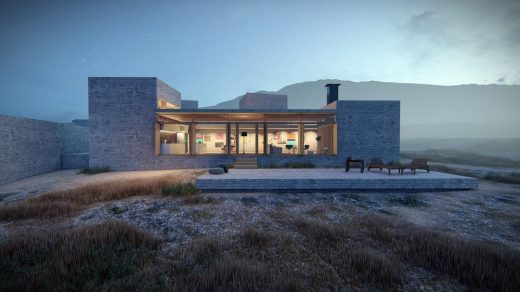
image Courtesy architecture office
Casa Huizache
Comments / photos for the Importance of watercolors in architectural visualization advice page welcome

